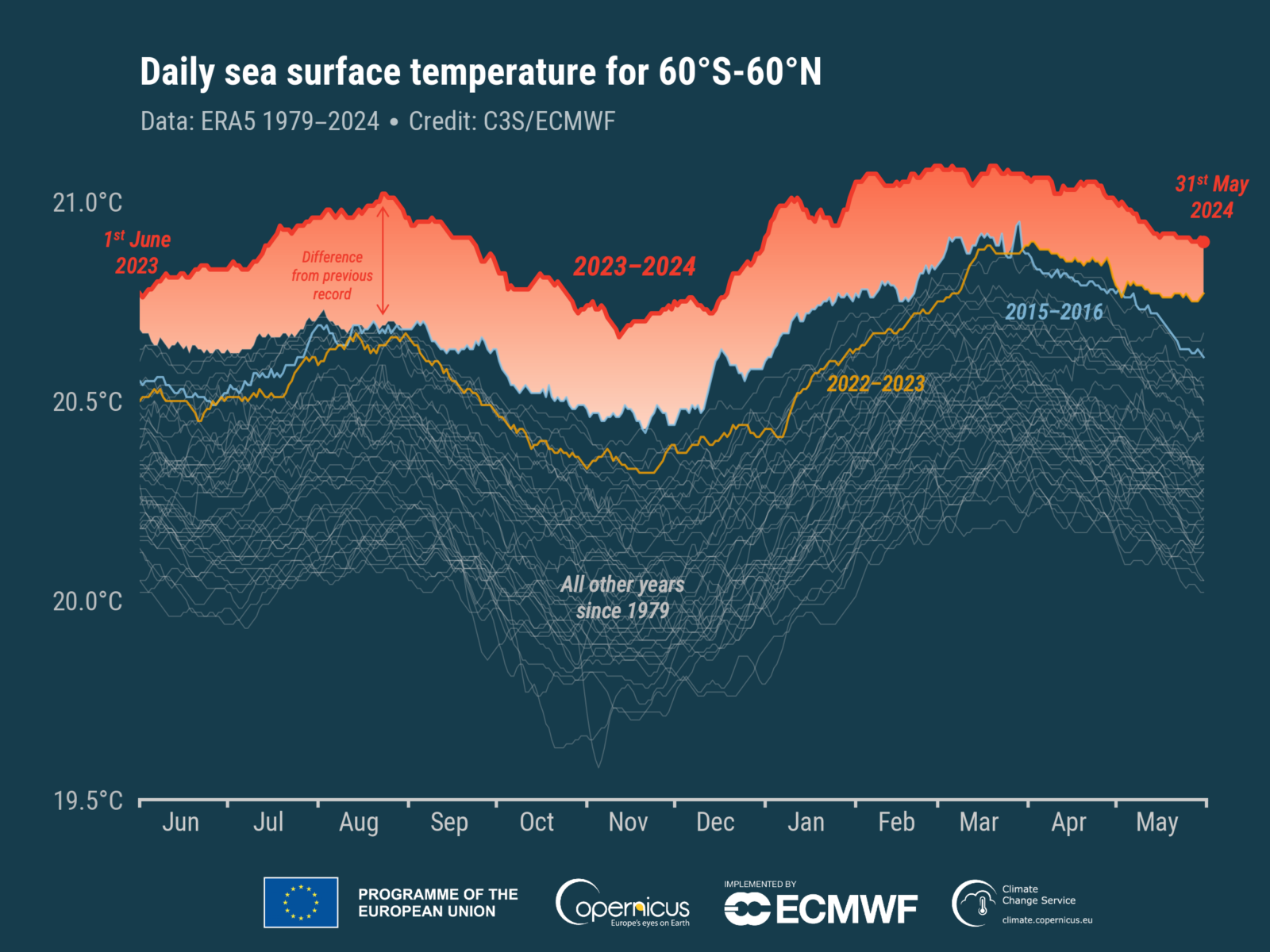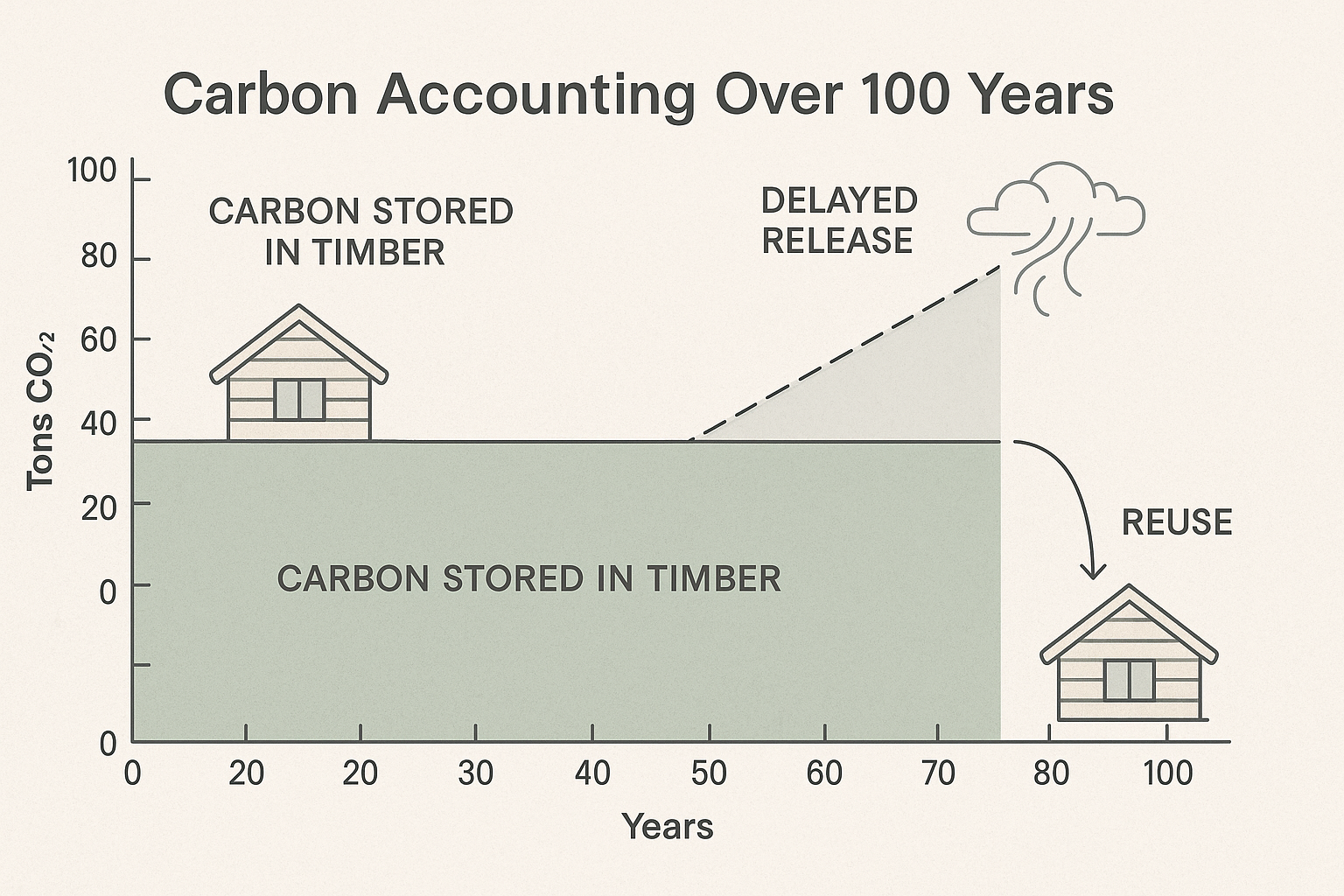Sign up for daily news updates from CleanTechnica on email. Or follow us on Google News!
One of the fiercest typhoons to hit the area of Zhanjiang, Guangdong, China, since 1949 was Super Typhoon Capricorn this month. In this wild weather, torrential winds and giant waves, what is the durability of floating solar panels? If you were anticipating seeing some broken panels, think again. Despite considerable damage, including power outages, caused throughout southern China by the sustained gusts, which reached speeds of up to 60 m/s and a maximum wind force of 17 at its core, floating solar PV was fine. Typhoon Capricorn caused containers to break and collapse away, and cranes to plummet. Mibet’s 16 MW floating solar plant withstood and won out.

The Category 17 super typhoon struck the area at 60 meters per second in early September as it made landfall near the coast of China. The 16 MW floating solar project in the province of Guangdong, which is situated near the shore, withstood the typhoon with ease, proving its durability and resilience to wind in adverse circumstances. The project makes use of the Mibet floating G5M system structure, which has an annual power-generating capacity of roughly 16.632 million kWh and covers an area of about 210,000 square meters. The system has been duly certified by authoritative bodies from global organizations like SGS and TUV and has a support structure made of “high-density polyethylene (HDPE) float + steel-aluminum.” The float is recyclable and environmentally benign, and it has passed industry-standard tests for impact resistance, temperature cycling, and UV aging.
Mibet stated, “We stabilize the system through modular extension layout and embedded installation methods, increasing the buoyancy of each float to 150 kg/m². Combined with various anchoring methods and a multi-segment anchoring cable structure, we prevent damage to the station’s structure from strong winds.” Read more about it here: Mibet’s 16MW floating solar project in Zhanjiang, Guangdong, China.
With warmer waters, we read weekly and monthly climate bulletins detailing changes in global surface air and sea temperatures, routinely released by the European Centre for Medium-Range Weather Forecasts (ECMWF) on behalf of the European Commission, NOAA, Earth Observatory, and others. The only way storms are predicted to change is exponentially increasing.
It sounds like the renewable energy industry has experienced another success, as well. Another article covers wind turbines holding up well against the super cyclone: “Why did the floating fan withstand Typhoon Capricorn?” Although, it did not prevail as completely as Mibet.
With renewables, even with bigger storms, we can look forward to less disruption and quicker recovery thanks to some positive stories like this one from Mibet and one near the beloved Florida Keys: “Solar Community Slammed By Hurricane Ian: ‘Our Lights Stayed On’.”


Have a tip for CleanTechnica? Want to advertise? Want to suggest a guest for our CleanTech Talk podcast? Contact us here.
Latest CleanTechnica.TV Videos
CleanTechnica uses affiliate links. See our policy here.
CleanTechnica’s Comment Policy





